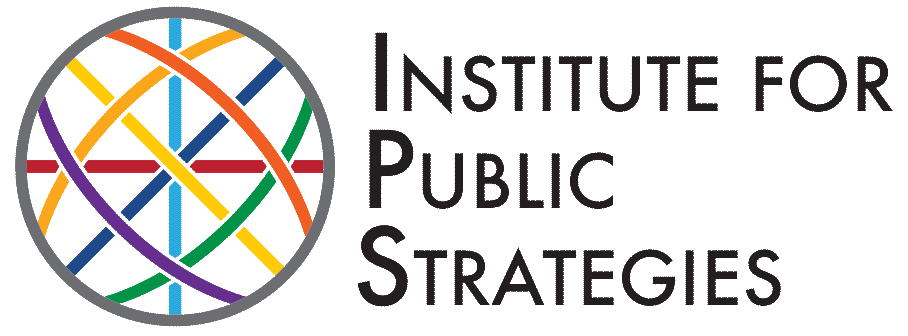Media Advocacy Q&A: Strategies for Effective Messaging and Impact
IPS Media/GIS Director Meredith Gibson was asked questions at a recent media advocacy training through IPS’ own SpeakWell Training Program, and she thought she would share some of her insight to our PICture This readers. The content reflects her own thoughts and opinions.
What forms of media are most effective in communicating and advocating?
Social media is beginning to outpace traditional media (TV, radio, digital and print newspapers) in delivering news that people pay attention to because content creators have free reign in getting their messaging through, as opposed to the gatekeeper role that reporters and assignment editors play. Also, people often prefer bite-size content rather than long form journalism (a style of reporting that uses in-depth research, storytelling, and an extensive narrative construction).
The more important concept to remember, however, is that the way information is presented is key to grabbing the audience’s attention, whether it is through social or traditional media. Use compelling data, storytelling, and infographics. Don’t forget about your social math!
The question on the flip side of the coin is, “Which forms of media are most credible?” Here are some tips for evaluating credibility:
- Check the credentials of the author or the transparency of the news source (i.e., do they disclose their methods and funding?)
- Verify facts across multiple sources. Use fact-checking websites such as Snopes or FactCheck.org
- Steer clear of news outlets with an apparent bias
How can I better understand audience targeting and message-shaping?
IPS often uses community surveys and listening sessions to determine the issues most important to them. Insights from these assessments often inform our media advocacy efforts.
Additionally, you can create a “profile” of a typical audience member. For instance, one for a politician in your community responsible for passing a policy in your favor (or against it); one for an educator who engages with students with special needs; or a profile for a general public member who may not understand the specific needs of your community. And then:
- Determine what the goal would be if your messaging was directed to each of them. Is it generating awareness? Engaging them to be a stakeholder or ally of your community? Inviting them to an event? Participating in policy advocacy?
- Adapt the tone to your audience’s preferences (i.e., professional vs. casual).
- Understand the style and voice of the media platform where you want to place your messaging (i.e., casual for Instagram or professional for LinkedIn if using social media. If using traditional media, always review the types of issues they cover and the tone in which they write. Many online publications have detailed guidelines to inform the author.)
How can I amplify voices at a time when DEI is challenging?
At IPS, we added “accessibility” to the acronym, and “DEI” became “IDEA” and one of our core values. We invite you to do the same! The idea is that words matter… continuing to reiterate the term IDEA makes it a part of our language when communicating both internally and externally, thus underscoring that we are invested in all aspects of equity.
Likewise, the same can be said in advocacy efforts. Continue to include IDEA into your work and contextualize it in a way that highlights the benefits to whole populations. This is what we refer to as changing social norms, which doesn’t happen overnight. It is a long process, but is totally possible.
I find that people are afraid of what they don’t understand. Use opportunities to respectfully challenge naysayers of IDEA. This can be done, for instance, through an op-ed, commenting on someone else’s op-ed, or a social media campaign. And have some talking points prepared that convey clear facts and positive framing to challenge negative narratives around IDEA.
How do I stand out amongst the tons of posts/views etc., to gain community interest and make progress in a common goal?
I personally believe that the #1 tool to accomplish this is through storytelling. Stories invoke an actual chemical process in the brain that enable people to build empathy and a connection to the main “character.” Additionally, provide context as to why the issue is problematic to the community at large.
If you are interested in receiving more information on IPS’ SpeakWell Training Program, please email us at info@publicstrategies.org.
# # #



